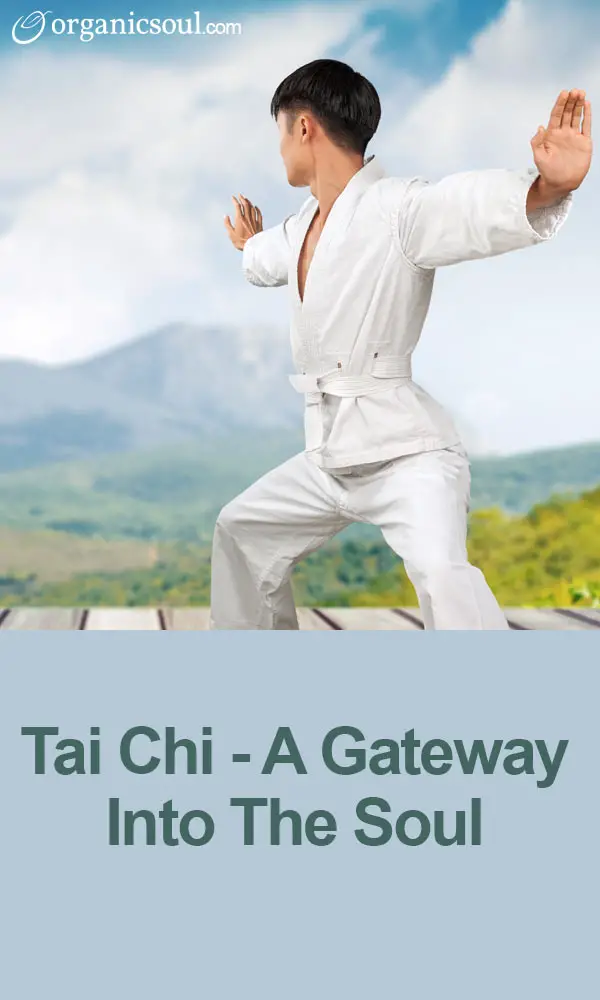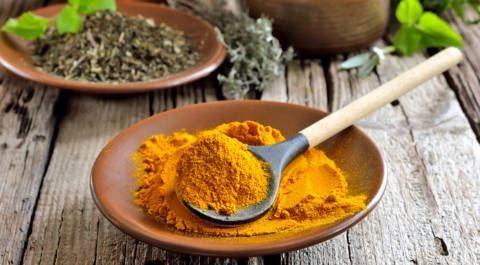The vast majority of people on earth look for something beyond the mere physical plane, and many religions of the world aim at achieving such a feat. Scores of people see church, prayer, and the reading of a holy text to be avenues to reach enlightened spirituality, but is this the only way?
Like Organic Soul on Facebook
Tai Chi, an ancient form of martial art, is one alternative. With roots touching nearly two millennia ago, Tai Chi has developed into a widely heard of, but equally misunderstood practice. Essentially, the art combines movement, meditation, and awareness in its pursuit for spiritual connectedness, not just to a higher plane, but also to the world.
Traditional Tai Chi is not the type of martial art you see in movies where a character like Jackie Chan fends off 20 foes; rather, it is focused on the spiritual and mental development of a person, not simply one's raw physical ability. The health benefits of regular practice transcend what one would normally assume, and the mental empowerment achieved helps to reinforce people’s self-esteems and confidence.
To clarify, there are two types of Chinese Martial Art systems: the external and the internal. The external focuses on hard power, strength, and speed. Shaolinquan and Wushu – both of which have explosive attacks and extreme techniques – characterize this type of style.
On the other hand, the internal focuses on stability, awareness of spirit, and qi (breath or energy flow). Rather than developing oneself for tremendous attacks, internal style prepares its practitioner for the defense. Tai Chi is an internal style. Below, we’ll briefly examine the nature of meditation and the subsequent health benefits of Tai Chi.
Meditation
We often think of mediation as involving a stationary position, most likely sitting, absent of movement. Tai Chi differs in this respect. While mediation is critical for Tai Chi (maintaining homeostasis is a core goal), movement is incorporated to develop a sense of awareness and connectedness to the world around you. This, coupled with relaxation, is actually a defensive means in order to nullify or initiate attacks.
Tai Chi focuses on this universal marriage between the student and his or her surroundings. Physician Hua-tu’o, who lived during the Three Kingdoms (220-265 AD), highlighted the importance of movement. The link between the natural world and our bodies develops through movement, and here, an immediate health benefit exists.
Health
To begin, the benefit of any regular exercise is tied to Tai Chi. More energy, raised alertness, and an overall sense of solidarity come from all physical workouts. Additionally, however, with the stances and movements of Tai Chi, there is said to be added benefits: Tai Chi helps aid digestion, circulation, and mental stability.
In fact, through the silence and serenity facilitated by Tai Chi, a calmness of mind is achieved. The settling of doubt, fear, and passion in turn allows for a wise and reasoned approach to one’s problems and those around who are commanded by anger. Patience, in more ways than one, is a virtue that can be attained by the practice of Tai Chi. It allows you to gauge your res ponses, listen to another’s argument, and mediate a peaceful decision.
ponses, listen to another’s argument, and mediate a peaceful decision.
In Tai Chi, becoming physically fit and capable is critical for effective self-defense, but there are numerous other benefits like those above. Proper breathing, posture, and movement are key to unlocking improved stability and health, and these attributes are the main focus of this ancient style of spirituality.
Developing one’s capability to overcome physical and mental stresses is the ultimate goal of Tai Chi. Usually, a student can develop the skills behind unlocking health benefits and powerful meditation, but mastering Tai Chi as a martial art can take years of training. Tai Chi offers a great alternative for reaching that higher ground, but more importantly, it equips us with the mentality and stature to face the challenges of life head on, with both stamina and robust ability.















